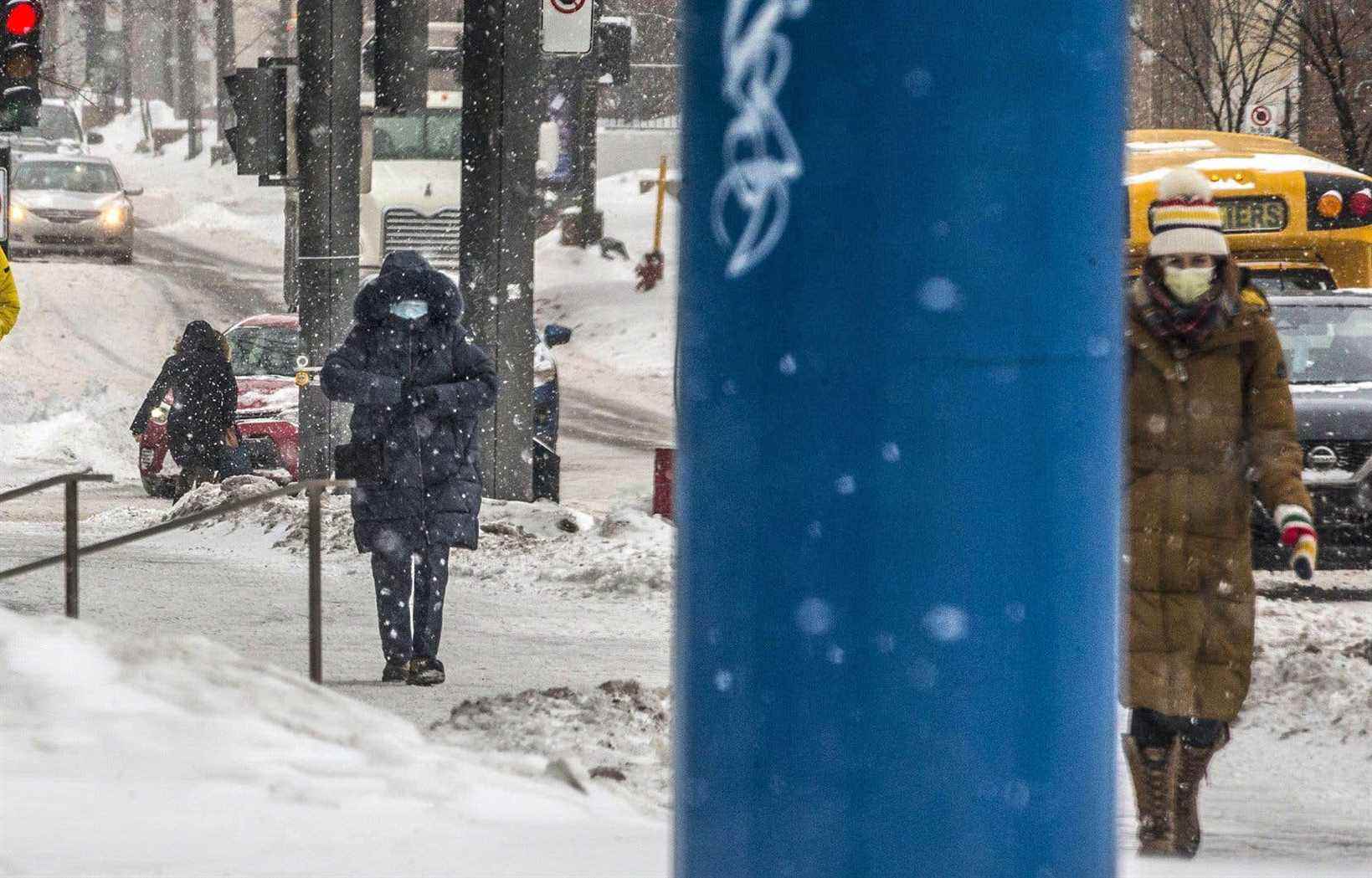The wave of deaths generated by Omicron led to a 15.5% excess mortality in Quebec in January, a higher increase than that experienced in many European countries, but much less than that which hit the United States.
At least that’s what the latest 2022 data from the Institut de la statistique du Québec (ISQ), released on Thursday, indicate.
“We indeed see throughout Quebec and unsurprisingly that there was excess mortality in January, exceeding that of the second wave of 2021, and which corresponds to approximately 240 excess deaths per week”, explains Frédéric Fleury. -Payer, demographer at the ISQ.
The number of deaths in Quebec fluctuated around 1,600 the first week of January, and 1,780 the following two weeks, which is equivalent to approximately 240 more deaths per week than those expected in normal times.
This recent portrait includes all causes of death, but according to the demographer, the vast majority of these excess deaths would be associated with the Omicron wave. “If we compare with several regions of the United States, our excess mortality is much lower. On the other hand, in other European countries, if their figures are complete, there seems to be lower mortality or lower mortality than in Quebec in January, particularly in Denmark and the Netherlands, where deaths earlier in the fall seem to have been linked to the Delta wave,” says Fleury-Payeur.
The excess mortality suffered at the start of the year in Quebec (15.5%) is indeed measured advantageously for the week of January 22, if we compare the rates with the northeastern United States (37%), or in the states of New York (43%) or Massachusetts (27%), where the Omicron wave broke around the same time.
However, as of January 8, the excess mortality in Quebec was much higher than that experienced in France (-4%), Belgium (-3%) and the United Kingdom (-4%), where the bulk of the fifth wave hit at the end of 2021.
How can these discrepancies be explained? According to the DD Rodica Gilca, medical advisor and researcher at the National Institute of Public Health (INSPQ), several factors may be involved. “The waves of infections did not arrive everywhere at the same time. In Europe, the Delta wave hit earlier in the fall, causing deaths in the at-risk population. When Omicron arrived later, several people at risk may have already died,” she says.
Vaccination coverage among elderly and vulnerable populations could also explain the differences in excess mortality observed between countries at the start of the year, argues the DD Rodica, but it’s too early to tell.
According to the most recent data from the INSPQ, 88% of people aged 70 living in the community (excluding CHSLDs and residences for the elderly) are now protected by a third dose, but this was the case for only 42% at mid -December. Much lower figures than those observed at the same time for the same population (without distinction as to place of residence) in France (73%), Belgium (80%), Sweden (81%), Spain (82% ) or Denmark (91%). In December, no less than 80% of deaths linked to COVID-19 in Quebec were the result of people living at home, and 62% in January.
Several variables may explain the differences in excess mortality between countries, not only the time when the third dose is given, but also the presence of other respiratory viruses, in particular respiratory syncytial virus, which has struck many elderly people in Quebec, specifies the DD Gilca.
The most affected regions
No less than 2,000 deaths linked to COVID-19 (main and secondary causes) have been recorded since the beginning of 2022 (January and February), according to data collected by the National Institute of Public Health of Quebec.
For the last few months, the ISQ data also reveal that the excess mortality has been more marked in the regions than in the metropolis and its northern and southern crowns, than in Montérégie and than in Lanaudière and the Laurentians. This excess mortality reached 15% in the region in July.
The large number of deaths of people of advanced age that occurred during the first and second waves in the metropolitan region would explain the lower mortality observed in the metropolis and its neighboring regions, explains Frédéric Fleury-Payeur.
“For January, there may be other collateral effects linked to the pandemic, such as an increase in cancer deaths, which could explain the excess mortality, but it will take further analysis to tell. »
